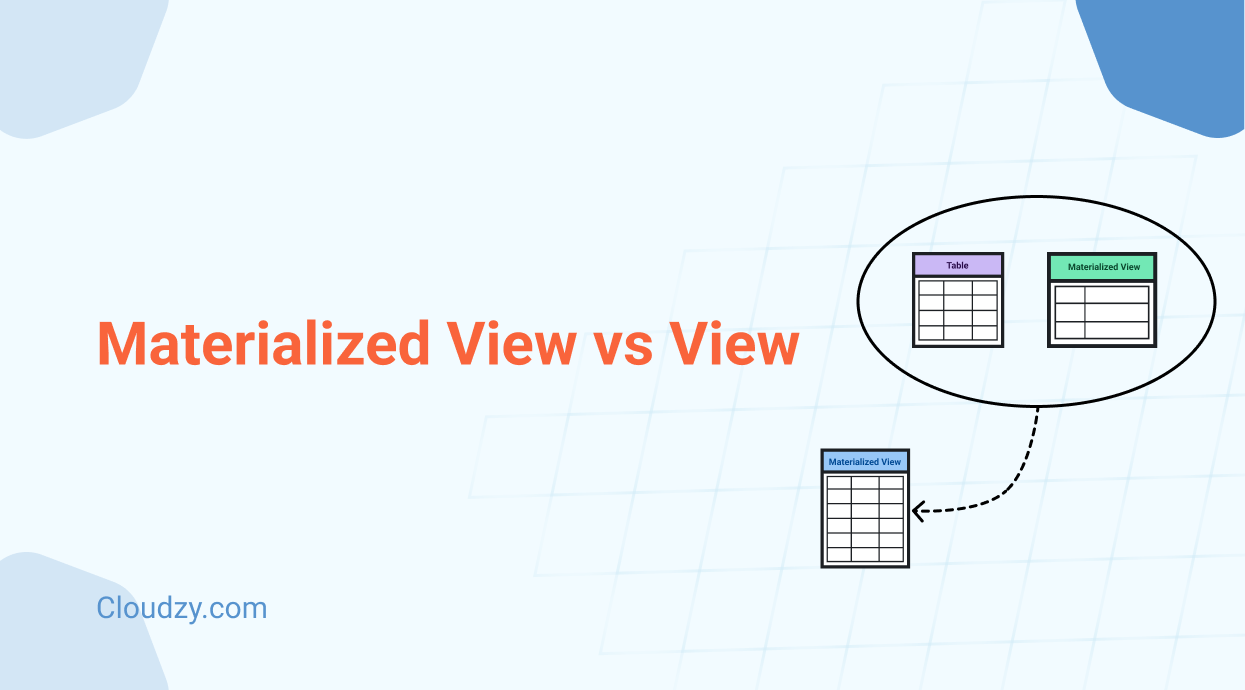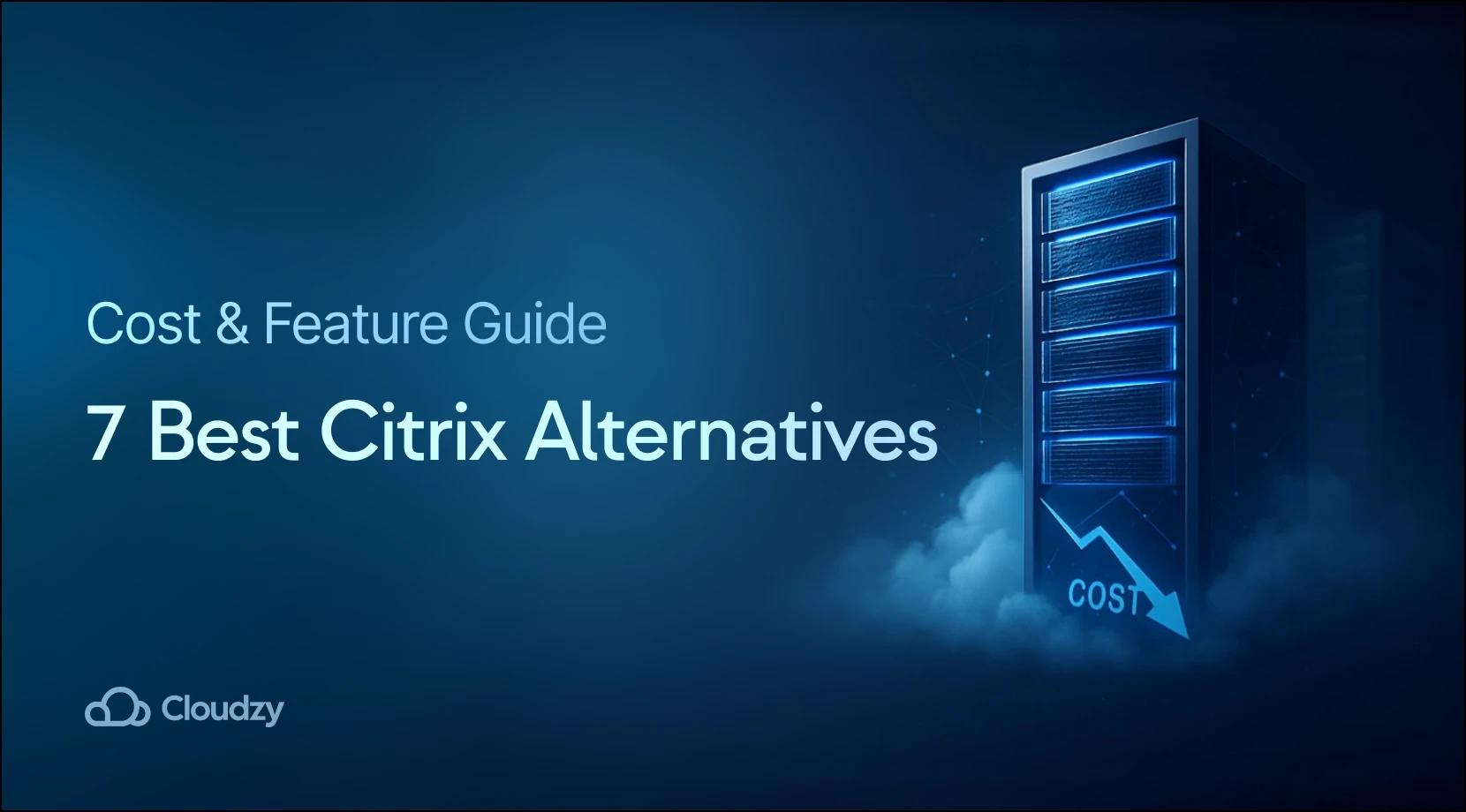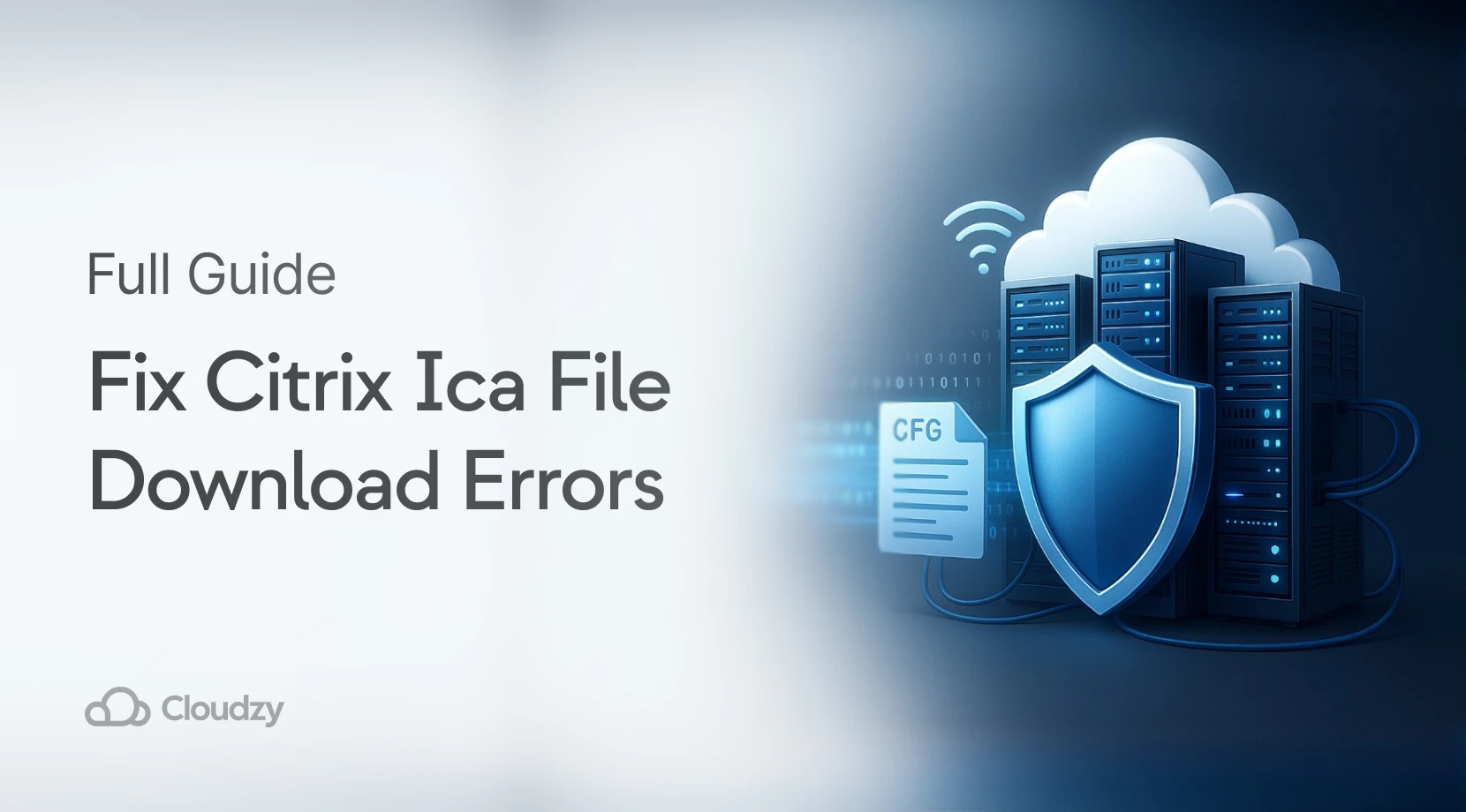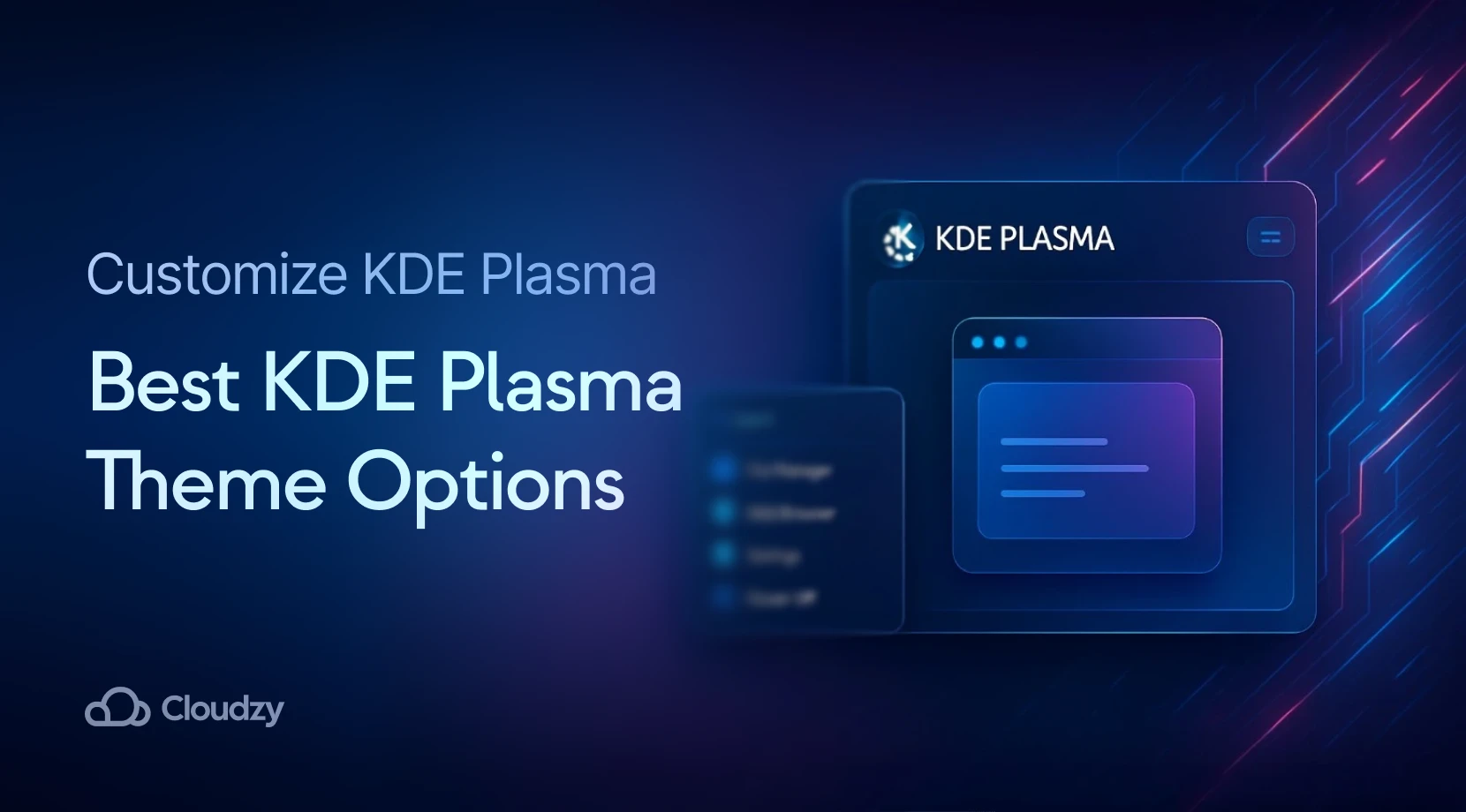In database systems, a materialized view as a database object stores the precomputed results of a query as a physical table. Because the data is actually stored on disk, complicated searches can be retrieved more quickly. A view, however, is a virtual table that defines a query but does not actually hold data. A view pulls the most recent information from the underlying base tables whenever you query it. Real-time data access vs. precomputed results are some of the criteria that determine whether to use a materialized view or a standard view.
What is a Materialized View?
A materialized view physically stores the results of an SQL query in the database. The stored data can be refreshed at specified intervals (manually, periodically, or automatically) to keep the view adjusted with the changes in the underlying base tables.
How Materialized View Works?
Let’s say you want to execute a complex SQL query that summarizes sales data by multiple regions. Instead of executing that complex query every time a report has to be generated, you create a materialized view that does that precomputing and storing of results. When a user wants to see the report, it retrieves directly from the materialized view rather than having to recompute the aggregations during the running of a computer program without interrupting the run.
Common Use Cases of Materialized View
- Precomputing Aggregations: Materialized view is great for reporting and analytics. It precomputes and stores aggregated data so that time-consuming queries do not need to be executed again and again.
- Reducing Load during Complex Joins: Materialized view is created to join tables and store the result during query execution when the database contains multiple complex joins.
- Caching Frequently Accessed Data: Materialized view acts as a cache that holds results, improving query performance and reducing the load on base tables.
What is a View?
A view is a virtual table that does not store data itself. The query gets executed a number of times against the base tables whenever the view is accessed to form the most recent results.
How View Works?
Suppose you have lots of base tables holding customer information from different regions. You create a view instead of writing a complex SQL query every time you need to view consolidated customer data. Then when you query the view, it retrieves and displays data by joining the base tables on the fly.
Common Use Cases of View
- Simplifying Complex Queries: View can encapsulate a complex series of joins and filters into one virtual table, enabling simpler access to data for end-users.
- Increasing Security: By defining a view to show certain columns or rows only, it is possible to limit knowledge of sensitive data access by maintaining the underlying data hidden.
- Creating an Abstraction Layer: You can use view to provide an abstraction layer over multiple tables, making understanding and managing the data much easier without the need to interfere with the raw base tables.
Advantages and Disadvantages of Materialized View vs. View
Choosing between a materialized view and a view involves understanding the compromises. Below are detailed pros and cons of each approach.
Pros and Cons of Materialized View
| Aspect | Pros | Cons |
| Performance | enhances performance by keeping precomputed results | if not updated, become stale |
| Speed | cuts down on the time spent on complex queries | To preserve the view, more storage is needed |
| Freshness | can be updated on a regular basis | Unless updated, data is not always up-to-date |
| Resource Usage | for repetitive queries, less CPU and memory are used | requires additional resources for upkeep and storage |
| Flexibility | beneficial for cases like analytics and reporting | not the best option for real-time applications that need new data |
| Maintenance | can be automatically updated (incremental or full) | for huge databases, refreshing can be costly |
| Complex Queries | helps end-users in understanding complex queries | necessary to refresh the view in order to update the underlying tables |
| Concurrency | by caching results, the load on the database reduces | database performance is affected by high refresh rates |
Pros and Cons of View
| Aspect | Pros | Cons |
| Performance | useful for simplifying data access | if the query involves multiple joins or aggregations gets slow |
| Speed | access of real-time data with the latest information and no delays | slower query specially when view is complex |
| Freshness | always up-to-date with the underlying tables | can lead to poor performance with complex queries |
| Resource Usage | it will not require any more storage since it only keeps a definition of the query | Every execution query recomputes the results |
| Flexibility | can be treated as a normal table in queries | not suited for performance-heavy analytics |
| Maintenance | no refresh is needed as it gets real-time data automatically | performance can be degraded when accessed on a frequent basis using large datasets |
| Complex Queries | makes it easier in query logic providing a structured abstraction | pre-computed results cannot be stored like a materialized view |
| Concurrency | it always shows real-time changes in underlying tables | heavy load could put extra weight on the database |
Key Differences Between View and Materialized View
Modern applications rely on databases as the backbone, and the control of data is accomplished by two key tools: materialized view and view. They exist mainly to simplify data access and optimize query performance, however, they differ in their purpose. Following are a few distinguishing features between a materialized view and a view.
Storage
- Materialized View: Stores actual data in the database.
- View: Does not store data; only stores the query definition.
Query Execution
- Materialized View: Precomputed data is fetched, thereby enhancing query performance.
- View: Query execution is initiated with every access.
Data Freshness
- Materialized View: Data can get stale unless explicitly refreshed.
- View: It always fetches the latest data from the underlying tables.
Performance
- Materialized View: It is faster since the data computed earlier has been stored.
- View: If the query is complex, it can be slower, since it’s on-demand.
Refresh Mechanism
- Materialized View: It requires a manual or scheduled refresh to update the contents.
- View: No refresh is necessary, as real-time data is always fetched.
Storage Requirement
- Materialized View: Requires some extra storage for maintaining the precomputed results.
- View: Uses essentially no storage except for query metadata.
Use Cases
- Materialized View: Suited for reporting, analytics, and performance-heavy queries.
- View: An option when near real-time data is a must.
Complexity
- Materialized View: Maintenance and refresh management needed.
- View: Simple to set up and use, but can be resource-heavy.
When to Use Materialized View vs. View
Use Materialized View When:
Materialized view is there when performance of queries must be improved at all costs, especially if such a query involves lots of calculations before returning results with heavy aggregation, joins, or processing operations. It can be particularly useful when precomputed results make vast differences in the load imposed on the database or speeds at which queries return results. Although materialized view need periodic refreshment to get the latest updated data, they serve a purpose in reporting and analytical scenarios where real-time data access is not that critical but quick-speed execution still counts.
Use View When:
Use the view where the query should always fetch the most recent data, where data access must be real-time and query complexity can be managed and keeping in mind that view do not store data physically in the database, thus requiring lower storage. However, remember for very complex queries, the view might slow the system down when executed a number of times.
Conclusion
How different the materialized view is from the regular view is an important concept when tuning the performance of a database. Materialized view is a view that stores precomputed results to speed up the query for heavy operations; however, they can be troublesome in maintenance since they might become stale if not refreshed in good time. On the contrary, view is updated for changes from underlying base tables for real-time accuracy, though they may cost some performance.
In deciding between them, consider your database workload, complexity of the query, and how important real-time data is. For reporting or analytics where performance is the priority, materialized view is a strong candidate. In contrast, for scenarios where the latest data matter, a regular view is desirable.
The final decision may also depend on the database system being used. Different database systems, including PostgreSQL, Oracle, and MySQL have varying levels of materialized view support and capabilities.



